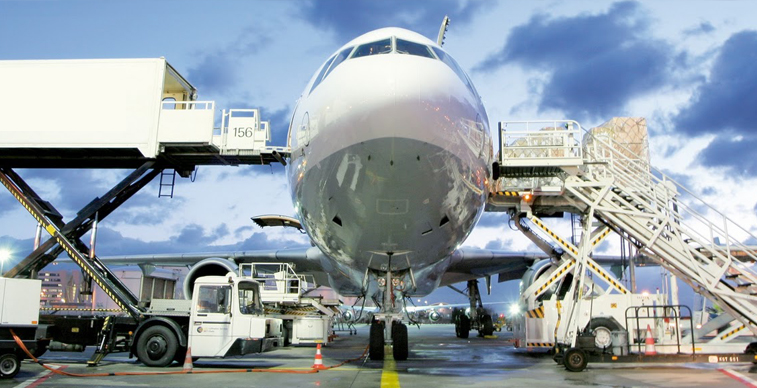The Unparalleled Safety of Air Transport: A Comprehensive Analysis

Air transport has revolutionized the way we travel, connecting people and goods across the globe at unprecedented speeds. However, concerns about safety often arise when considering air travel. In this blog post, we will delve into the various aspects of air transport safety, exploring the rigorous measures and advanced technologies that make it one of the safest modes of transportation.
- Stringent Regulations and Oversight:
Air transport is subject to stringent regulations imposed by international organizations such as the International Civil Aviation Organization (ICAO) and national aviation authorities. These regulations cover every aspect of flight operations, including aircraft design, maintenance, pilot training, air traffic control, and airport security. The continuous monitoring and enforcement of these regulations ensure a high level of safety in the industry. - Advanced Aircraft Design and Technology:
Modern aircraft are designed with safety as the utmost priority. They undergo rigorous testing and certification processes to ensure their structural integrity, aerodynamic performance, and system reliability. Advanced technologies, such as fly-by-wire systems, collision avoidance systems, and redundant control systems, further enhance the safety of air transport. Additionally, continuous advancements in materials and manufacturing techniques contribute to the overall safety of aircraft. - Robust Maintenance Procedures:
Airlines adhere to strict maintenance procedures to ensure the airworthiness of their aircraft. Regular inspections, preventive maintenance, and component replacements are carried out according to prescribed schedules. Furthermore, airlines employ highly skilled and certified maintenance technicians who undergo regular training to stay updated with the latest industry standards. These comprehensive maintenance practices minimize the risk of mechanical failures and ensure the safety of passengers and crew. - Pilot Training and Experience:
Pilots undergo extensive training and must meet stringent requirements before being certified to operate commercial aircraft. They receive thorough instruction in areas such as flight theory, aircraft systems, emergency procedures, and decision-making skills. Additionally, pilots accumulate significant flight experience through simulator training and actual flight hours, further enhancing their ability to handle various situations and ensuring the safety of air travel. - Air Traffic Control and Navigation Systems:
Air traffic control plays a crucial role in ensuring the safe operation of air transport. Highly trained air traffic controllers monitor and guide aircraft throughout their journeys, maintaining safe distances between aircraft and providing timely instructions. Advanced navigation systems, such as GPS and radar, enable precise tracking of aircraft, minimizing the risk of collisions and enhancing overall safety.
Conclusion:
Air transport has achieved an unparalleled level of safety through stringent regulations, advanced aircraft design, robust maintenance procedures, well-trained pilots, and efficient air traffic control systems. The continuous advancements in technology and the unwavering commitment to safety make air travel one of the safest modes of transportation available today. So, the next time you board a plane, rest assured that you are embarking on a journey that prioritizes your safety above all else.


